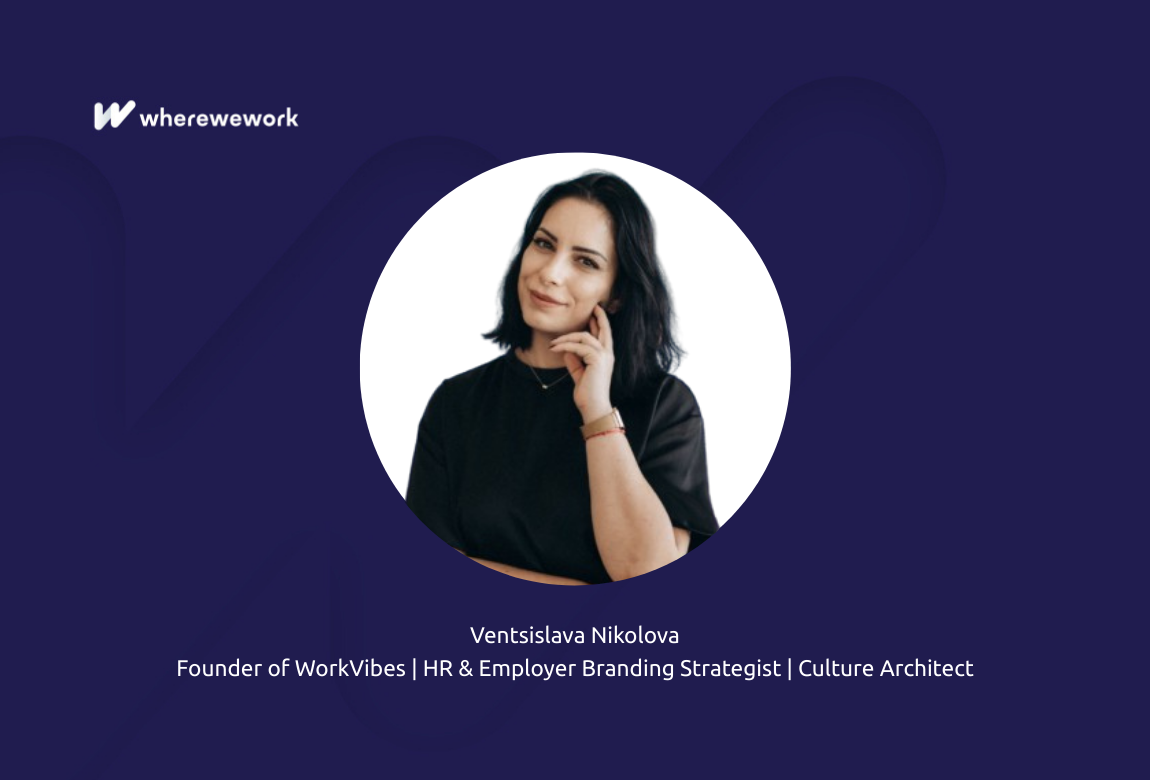Share
How HR Can Build Real Inclusion Through Hiring (Without the Corporate Theater)

Let’s be honest. Inclusive hiring isn’t just a phrase we drop in job ads. It’s not something you fix with a bullet point about company values or a few smiling faces on the careers page. Inclusion begins the moment someone considers applying. It’s felt in the words and visuals we use, the way we structure our process, and in what happens after a candidate walks out of the room or logs off the call.
In our region, many candidates still approach hiring processes with caution. They wonder if their age, accent, ethnicity, background, or even where they studied will work against them. If we want to attract better people and build healthier organizations, then we need to stop treating inclusion as a one-time act. It must be a thread running through the entire recruitment process and just to be clear HR holds the needle.
It Starts With the Words We Use
One of the biggest mistakes companies make is underestimating the power of good job descriptions. These aren’t just technical outlines or empty words from a template used since 2015. They’re invitations aimed to attract, but also repel. They tell people who’s welcome…and who’s not. Too often, those invitations are laced with jargon, unrealistic lists of requirements, or phrases that subtly exclude entire groups of people.
Instead of writing job ads that try to impress, we should write them to connect. That means using plain language, describing what success in the role actually looks like, and focusing on what someone needs to bring not which university they attended or how many years they’ve survived in the same role. Inclusive hiring starts when the language itself is accessible and honest.
The Interview Isn’t a Performance
We’ve all seen hiring panels that treat interviews like auditions. A few quick questions, a few gut reactions, and a decision that feels more like personal chemistry than professional judgment (I have been there too). The problem is that this setup often favors the familiar the people who act, speak, or think like those already on the team.
A more inclusive approach starts with structure. Asking every candidate the same core questions and evaluating them against a shared rubric gives everyone a fairer chance. When more than one person is involved in the decision, especially when those people bring different perspectives, we reduce bias and improve judgment. Interviews should feel like conversations, not tests. We’re not looking for the most polished speaker we’re looking for someone who will thrive in the role and contribute to the team.
Stop Hiring From the Same Circles
If you only recruit through the same job boards, personal networks, and LinkedIn filters, you’ll continue to get the same profiles. That’s not a pipeline problem it’s a perspective one. Inclusive hiring means widening the net. It means being open to candidates who don’t have linear careers, who’ve learned through experience rather than credentials, and who might not tick every box but bring something fresh.
This doesn’t mean lowering standards. It means being thoughtful about what really matters. A degree might be useful in some roles, but not always essential. A gap in a CV might reflect a break for caregiving, education, or life outside of work. Great candidates don’t all follow the same path and if we’re serious about inclusion, we should stop expecting them to.
Inclusion Doesn’t End With an Offer Letter
The hiring process might end when someone accepts the job, but inclusion doesn’t. What happens next the onboarding, the team dynamic, the first project, the first feedback session tells the new hire whether they truly belong or were just a quota to fill.
HR plays a critical role here (again, yes). From designing onboarding that makes people feel safe to encouraging managers to give early, constructive feedback, we shape how that person integrates into the company. If you want your inclusive hiring efforts to count, they must connect with how people are treated once they’re inside. Otherwise, you risk losing great talent before they even have the chance to show what they’re capable of.
A Final Note Worth Remembering
Inclusive hiring is not a perfect science. It takes time, patience, and a willingness to confront old habits. It’s often slower. It can be uncomfortable. But it is always worth it because people never forget how they were treated during the hiring process, especially when they didn’t get the job.
If you want to stand out in a market full of empty slogans, this is how you do it. By treating people with respect, clarity, and care from the very beginning. By showing that you mean what you say. Not through buzzwords or campaigns, but through a process that actually feels human.
That’s what real inclusion looks like and it’s something every company can do, if they choose to.
Share
What I read is worth it:
Read all the articles about
Leadership concepts Leadership skills HR Coach HR Metrics Employer branding Organizational excellence Workforce planningArticle written by:
Comments
0 comments

Access your account and add your comment
Leadership concepts
Subscribe to the Newsletter
Read articles of interest from wherewework.bg contributors


